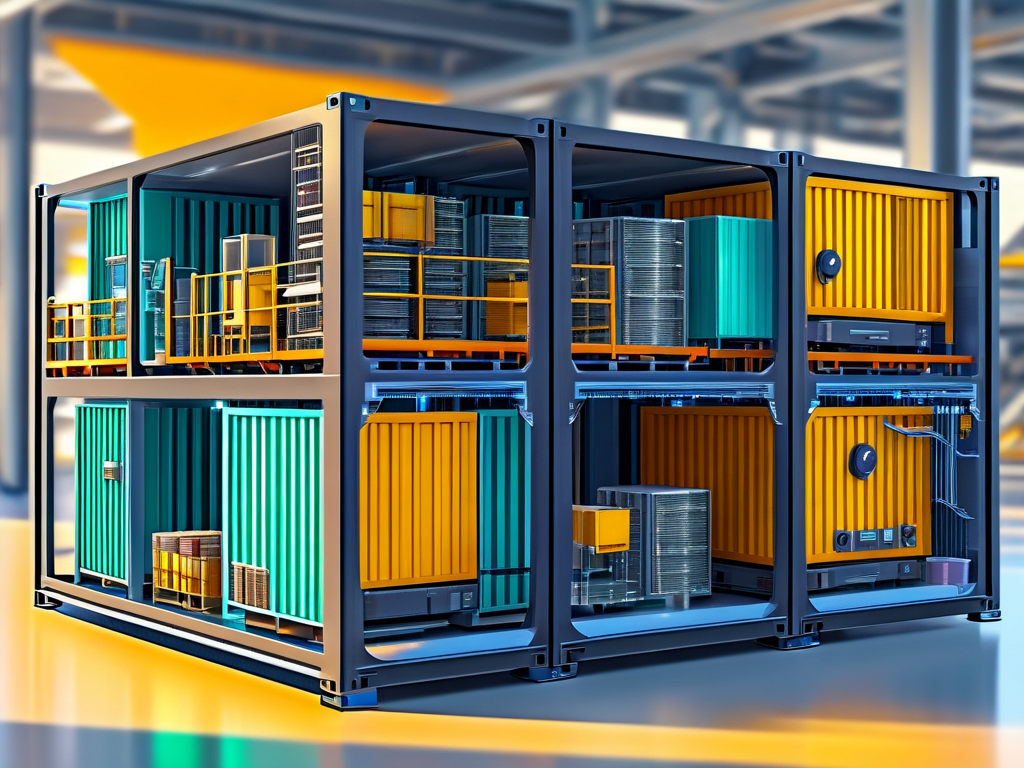In today’s fast-paced software development landscape, mastering automation deployment methods has become a cornerstone of efficient DevOps practices. Organizations striving for agility, scalability, and reliability increasingly rely on automation to reduce manual errors, accelerate release cycles, and maintain consistency across environments. This article explores the methodologies, tools, and best practices for implementing automation deployment effectively.
Why Automation Deployment Matters
Manual deployment processes are prone to human error, time-consuming, and difficult to scale. Automation addresses these challenges by:
- Reducing Deployment Failures: Scripted workflows ensure repeatability, minimizing configuration drift.
- Accelerating Time-to-Market: Automated pipelines enable continuous integration and delivery (CI/CD), allowing teams to release updates in minutes instead of days.
- Enhancing Collaboration: Standardized processes bridge gaps between development, testing, and operations teams.
Key Automation Deployment Methodologies
1. CI/CD Pipelines
Continuous Integration (CI) and Continuous Delivery (CD) form the backbone of automation deployment. CI involves automatically building and testing code changes, while CD automates the release of validated code to production. Tools like Jenkins, GitLab CI/CD, and GitHub Actions enable teams to design pipelines that:

- Trigger builds on code commits.
- Run unit, integration, and security tests.
- Deploy to staging or production environments with approval gates.
For example, a Jenkins pipeline might include stages like:
pipeline {
agent any
stages {
stage('Build') {
steps { sh 'mvn clean package' }
}
stage('Test') {
steps { sh 'mvn test' }
}
stage('Deploy') {
steps { sh 'kubectl apply -f deployment.yaml' }
}
}
}
2. Infrastructure as Code (IaC)
IaC tools like Terraform and AWS CloudFormation automate environment provisioning. By defining infrastructure in version-controlled configuration files, teams can spin up identical development, staging, and production environments on demand. This eliminates the "it works on my machine" problem and ensures consistency.

A Terraform script to deploy an AWS EC2 instance might look like:
resource "aws_instance" "web_server" {
ami = "ami-0c55b159cbfafe1f0"
instance_type = "t2.micro"
tags = {
Name = "AutomationDemo"
}
}
3. Configuration Management
Tools like Ansible, Chef, and Puppet automate server configuration. They enforce desired states for operating systems, software packages, and services, reducing manual intervention. For instance, Ansible playbooks can ensure Nginx is installed and running across all servers:
- name: Ensure Nginx is installed
hosts: webservers
tasks:
- name: Install Nginx
apt:
name: nginx
state: present
- name: Start Nginx service
service:
name: nginx
state: started
4. Containerization and Orchestration
Containers (e.g., Docker) and orchestration platforms (e.g., Kubernetes) standardize deployment environments. By packaging applications with dependencies, teams avoid "works locally but fails in production" scenarios. Kubernetes automates scaling, rolling updates, and self-healing:
apiVersion: apps/v1
kind: Deployment
metadata:
name: myapp-deployment
spec:
replicas: 3
template:
spec:
containers:
- name: myapp
image: myapp:1.0.0
ports:
- containerPort: 8080
Building an Effective Automation Workflow
- Assess Current Processes: Identify bottlenecks in manual workflows (e.g., slow testing or inconsistent deployments).
- Select Tools Aligned with Goals: Start with CI/CD tools before adopting IaC or Kubernetes.
- Implement Incrementally: Automate one stage (e.g., testing) before expanding to deployment.
- Monitor and Optimize: Use tools like Prometheus and Grafana to track pipeline performance and failure rates.
Challenges and Solutions
- Legacy Systems: Gradually refactor monolithic apps into microservices compatible with containers.
- Security Concerns: Embed secrets management (e.g., HashiCorp Vault) into pipelines.
- Skill Gaps: Train teams via hands-on workshops and documentation.
The Future of Automation Deployment
Emerging trends like GitOps (managing infrastructure through Git repositories) and AI-driven automation (predictive rollback mechanisms) promise to further refine deployment workflows.
Familiarity with automation deployment methods is no longer optional—it’s a strategic imperative. By leveraging CI/CD, IaC, and containerization, organizations can achieve faster, safer, and more reliable software delivery. Start small, iterate often, and cultivate a culture of continuous improvement to stay ahead in the automation race.









